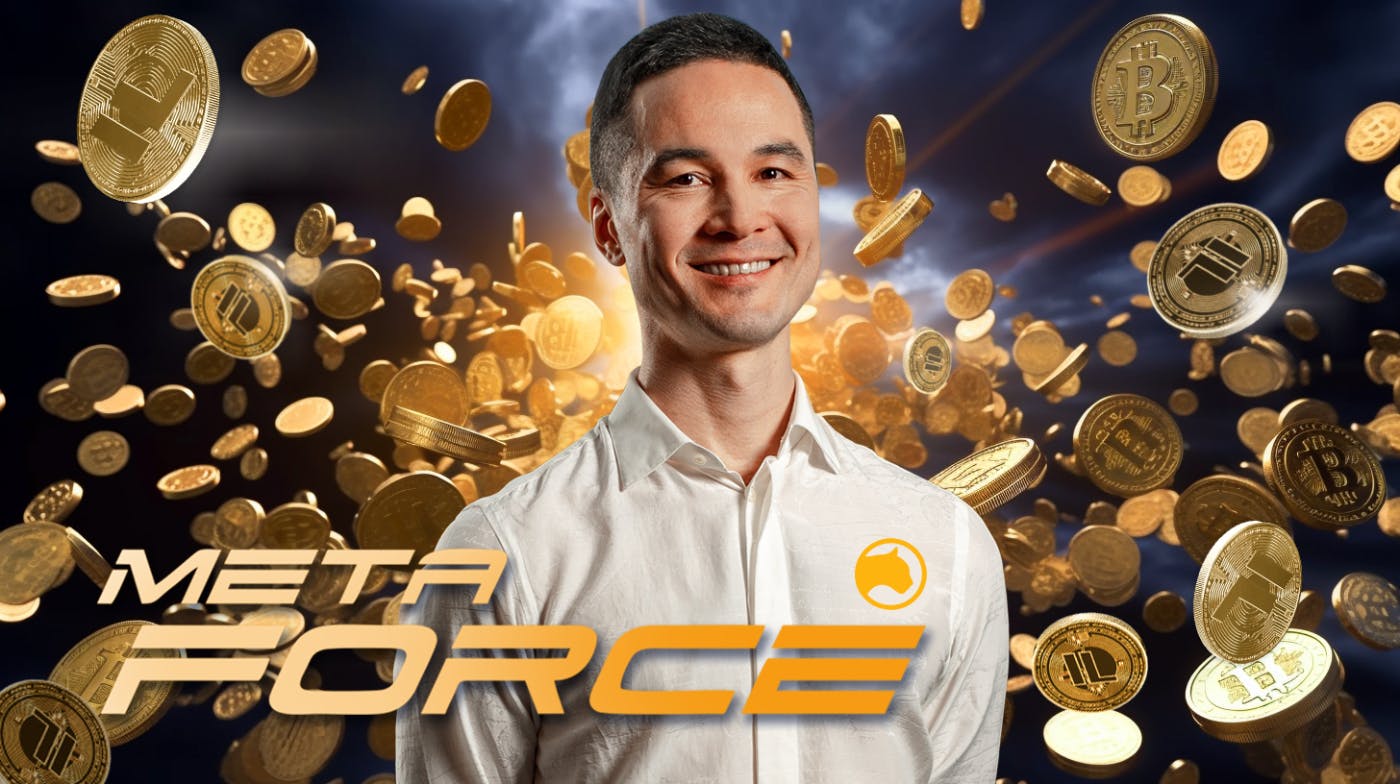Introduction to DeFi
Welcome to the exciting world of decentralized finance (DeFi), where traditional financial systems are being revolutionized by cutting-edge blockchain technology. In this comprehensive guide, we will delve into the basics of DeFi, exploring its definition, history, key characteristics, and how it works. Whether you’re a seasoned crypto enthusiast or new to the concept of DeFi, this article will provide you with valuable insights and knowledge to navigate this rapidly growing sector.
So what exactly is DeFi? Put simply, it refers to a variety of financial applications built on decentralized networks like Ethereum that aim to eliminate intermediaries such as banks and brokers. Instead, transactions are conducted directly between parties using smart contracts – self-executing agreements coded onto the blockchain.
But before we dive deeper into understanding how DeFi operates and its potential benefits and risks, let’s take a step back and explore the fascinating evolution of decentralized finance throughout history. From humble beginnings in 2014 with the introduction of Ethereum’s blockchain platform to today’s booming ecosystem encompassing various innovative protocols and projects – there’s much ground to cover!
Get ready for an informative journey through the intricacies of DeFi as we uncover its inner workings including decentralized exchanges, lending platforms, stablecoins, oracles & prediction markets. We’ll also discuss other components that contribute to its vibrant landscape.
With any investment opportunity comes both advantages and disadvantages. As we explore these aspects in relation to DeFi investments specifically later in this guide,you’ll gain a well-rounded perspective on whether participating in this groundbreaking field aligns with your goals.
Of course, if you’re eager to get involved in DeFi yourself – fear not! We’ve got you covered with step-by-step guidance on investing in DeFi assets along with ways you can actively participate within the ecosystem itself.
As with any disruptive innovation challenging established norms,some regulatory considerations come into play when discussing Decentralized Finance.
We’ll examine current regulatory landscapes around the world and explore potential future developments that may shape the trajectory of DeFi.
What is Decentralized Finance (DeFi)?
Decentralized Finance, or DeFi for short, is a revolutionary concept that aims to disrupt traditional financial systems by leveraging blockchain technology. In simple terms, DeFi refers to a system of financial applications and services that operate on decentralized networks, eliminating the need for intermediaries like banks or brokers.
At its core, DeFi allows users to access and utilize various financial tools and services directly from their digital wallets. This includes activities such as lending and borrowing funds, trading assets on decentralized exchanges (DEXs), earning interest through yield farming protocols, and even participating in prediction markets.
One key characteristic of DeFi is its open nature. Unlike traditional finance where access may be limited based on factors like location or wealth, anyone with an internet connection can participate in the DeFi ecosystem. Additionally, transactions conducted within the DeFi space are transparently recorded on the blockchain for all to see.
Another important aspect of DeFi is smart contracts. These self-executing contracts automatically facilitate transactions once certain predefined conditions are met. Smart contracts play a crucial role in ensuring security and trust within the decentralized finance ecosystem.
DeFi holds tremendous potential to reshape the way we think about money and finance. It offers greater accessibility, transparency, and efficiency compared to traditional financial systems. However, it’s important to note that risks exist within this nascent industry as well such as smart contract vulnerabilities or regulatory uncertainties.
In conclusion,
DeFi represents a paradigm shift in how we interact with money and financial services by removing intermediaries while offering increased accessibility. Its innovative use cases continue to expand at an astounding pace but also come with associated risks that investors should thoroughly understand before diving into this exciting new frontier of finance
History of DeFi
The concept of Decentralized Finance, or DeFi, has been around for several years now. It first gained traction in 2013 with the introduction of Bitcoin and its underlying blockchain technology. Bitcoin was the pioneer that showcased the potential of decentralized financial systems, allowing users to transact directly without the need for intermediaries like banks.
However, it wasn’t until Ethereum came into play in 2015 that the true power of DeFi started to emerge. Ethereum introduced smart contracts, which enabled developers to create programmable and self-executing agreements on a decentralized platform. This opened up a world of possibilities for building various financial applications on top of blockchain technology.
In 2017, the rise of Initial Coin Offerings (ICOs) brought further attention to DeFi projects. ICOs allowed startups to raise funds by issuing tokens instead of traditional equity shares. While many ICOs turned out to be scams or failed ventures, they paved the way for innovation and experimentation within the DeFi space.
Since then, numerous groundbreaking platforms have emerged within the DeFi ecosystem. These include decentralized exchanges (DEXs), lending protocols like Compound and Aave, stablecoins such as DAI, and even prediction markets like Augur.
As more people recognized the potential benefits and advantages offered by DeFi solutions – such as transparency, accessibility, and increased financial sovereignty – investment poured into these projects at an unprecedented rate. The total value locked in various DeFi protocols skyrocketed from a few million dollars in early 2020 to over $80 billion by mid-2021.
Despite its rapid growth and increasing popularity among investors and enthusiasts alike, there are still challenges that need to be addressed within the realm of decentralized finance. Security vulnerabilities remain an ongoing concern due to smart contract bugs or hacks targeting centralized points such as exchanges or wallets.
Furthermore, regulatory frameworks around cryptocurrency-related activities are evolving slowly across different jurisdictions worldwide—a lack of clarity in certain areas poses potential risks for DeFi projects. However,
Key characteristics of DeFi
Key Characteristics of DeFi
Decentralized Finance, or DeFi, is revolutionizing the traditional financial system by utilizing blockchain technology and smart contracts. Here are some key characteristics that make DeFi unique and transformative.
1. Openness: One of the defining features of DeFi is its open nature. Anyone with an internet connection can access and participate in these decentralized applications (dApps). Unlike traditional finance, which often requires intermediaries or permission from centralized authorities, DeFi allows for borderless transactions and financial services.
2. Transparency: Another important characteristic of DeFi is transparency. All transactions on the blockchain are publicly recorded and can be verified by anyone. This high level of transparency helps to enhance trust among participants since all activities are visible and auditable.
3. Interoperability: In the world of DeFi, different protocols and platforms seamlessly interact with each other through standardized interfaces or APIs (Application Programming Interfaces). This interoperability enables users to access a wide range of financial services across various dApps without being limited to a single platform.
4. Programmability: Smart contracts play a crucial role in enabling programmable money within the DeFi ecosystem. These self-executing agreements automatically trigger actions based on predetermined conditions, eliminating the need for intermediaries such as banks or lawyers in many cases.
5. Security: Although no system is entirely immune to risks, security measures within the DeFi space aim to provide robust protection against potential vulnerabilities or attacks. With decentralized networks powered by multiple nodes instead of relying on a central authority, it becomes more difficult for hackers to compromise user data or manipulate transactions.
6. Financial Inclusion: Traditional banking systems often exclude individuals who lack access to formal identification documents or live in remote areas where physical branches may not exist. However, with Decentralized Finance, people around the world can participate in financial activities using only their smartphones and an internet connection – opening up opportunities for those previously excluded from the traditional financial system.
DeFi’s key characteristics of openness,
How DeFi Works
Decentralized Finance, or DeFi for short, is revolutionizing the traditional financial system by leveraging blockchain technology. Unlike centralized finance institutions like banks and exchanges that act as intermediaries, DeFi aims to create a trustless and transparent financial ecosystem.
One of the key components of DeFi is decentralized exchanges (DEXs). These platforms allow users to trade cryptocurrencies directly with each other without the need for an intermediary. By eliminating middlemen, DEXs provide greater security and privacy while reducing transaction costs.
Another important aspect of DeFi is lending platforms and stable coins. In this decentralized lending model, individuals can lend or borrow digital assets using smart contracts. Stable coins play a crucial role in maintaining price stability within the volatile cryptocurrency market.
DeFi-native activities such as yield farming and liquidity mining have also gained significant popularity. Yield farmers provide liquidity to various protocols in exchange for rewards in native tokens. Liquidity miners incentivize participation in specific pools by offering additional tokens as a form of compensation.
To ensure accurate data inputs into smart contracts, oracles are used in DeFi applications. Oracles fetch real-world information such as prices from external sources and feed them into the blockchain network securely.
Other components of DeFi include prediction markets where users can bet on future events’ outcomes, insurance protocols that protect against risks associated with smart contract vulnerabilities or hacks, and decentralized identity systems ensuring user privacy and ownership over their digital identities.
These different elements work together seamlessly within the broader framework of decentralization to create a more open and inclusive financial landscape. By removing barriers imposed by traditional financial systems, DeFi empowers individuals worldwide to access essential financial services regardless of their location or socioeconomic status.











Your point of view caught my eye and was very interesting. Thanks. I have a question for you.
Can you be more specific about the content of your article? After reading it, I still have some doubts. Hope you can help me.